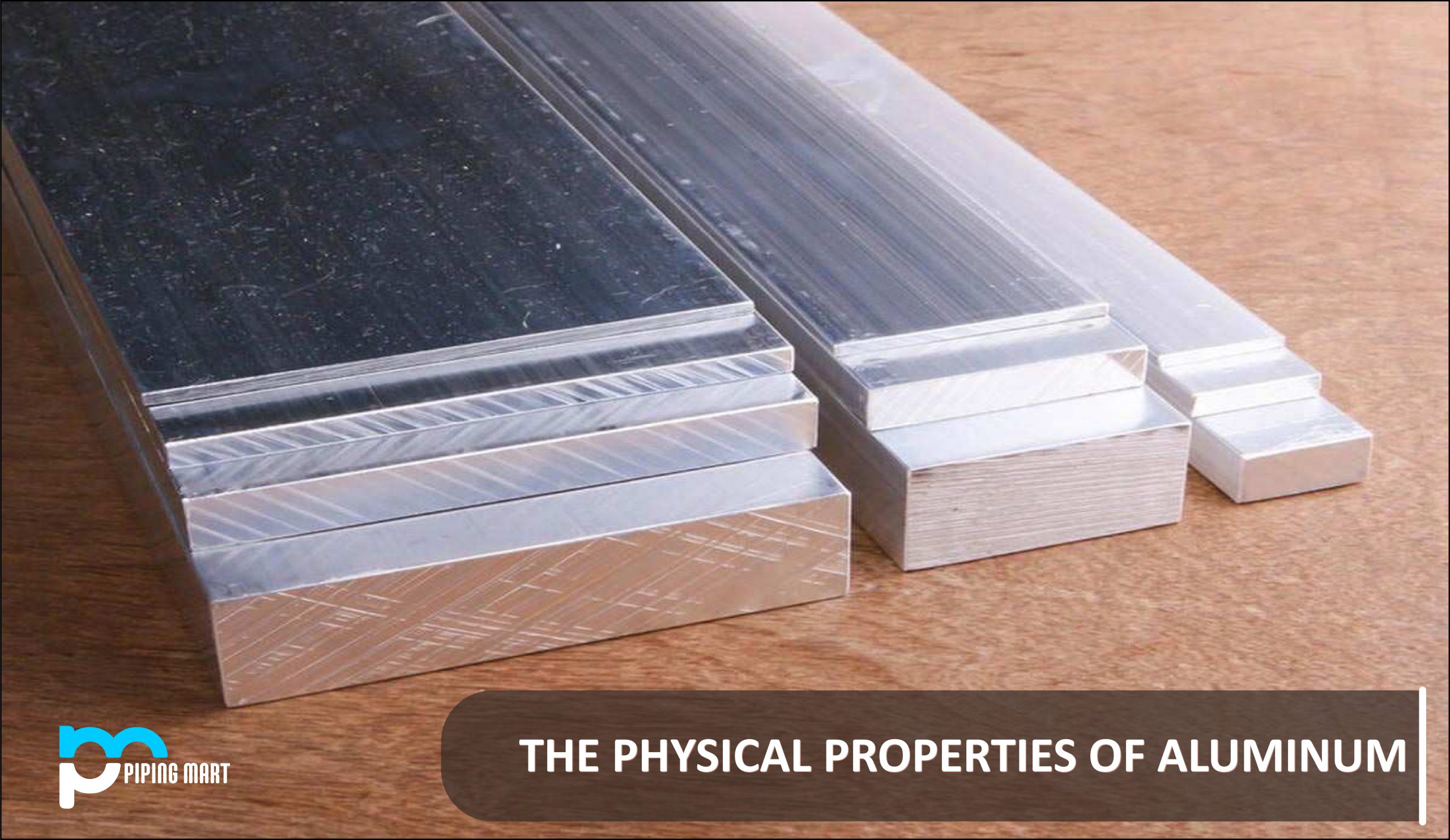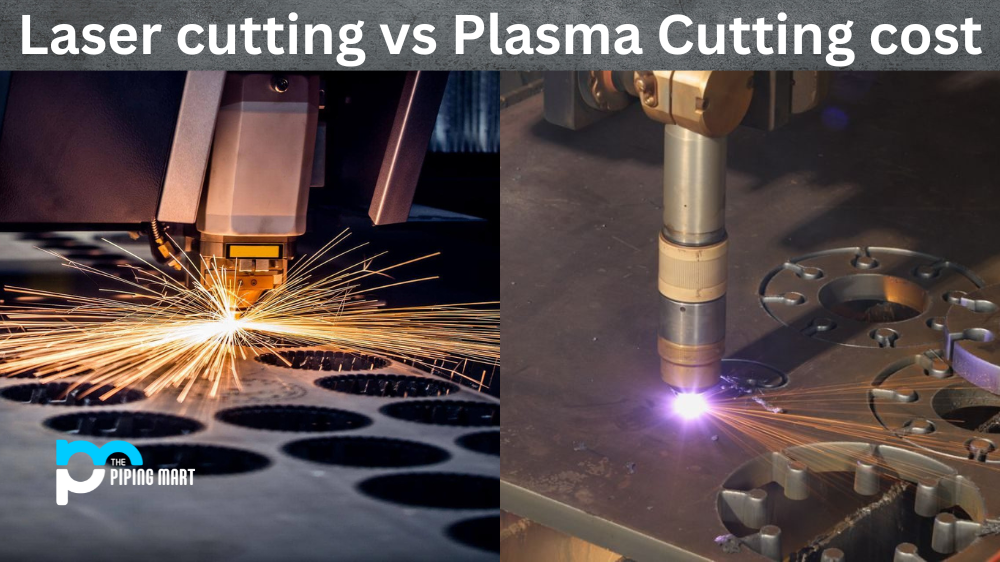What Is Aluminum?
The first fact about aluminum is that it is the 13th element on the periodic table and has the atomic symbol, Al. It is a silvery-white, non-magnetic, ductile metal in its natural state. It accounts for 8% of the Earth’s crust by mass, making it the most abundant metal on the planet.
The appearance of aluminum can vary depending on the surface finish. A polished aluminum surface reflects approximately 92 percent of visible light. It can also be used to reflect medium and far infrared radiation.
The density of most commercial grades of aluminum is 0.0975 lb/in3. That is roughly one-third the density of steel. This is because an aluminum nucleus is much lighter without being noticeably smaller. In practice, the only metals lighter than aluminum are those in groups 1 and 2, which are far too reactive for structural use. Beryllium and magnesium are the only exceptions.
The physical properties of aluminum
- Except for magnesium, aluminum has the lowest density of any commercial metal. Aluminum, when coated with the right surface, is an excellent reflector, particularly of ultraviolet light.
- Aluminum is a silvery-white metal with no odor or taste. With increasing silicon, it becomes ductile and soft. The cubic structure of the aluminum crystal is face-centered.
- The formation of impurity segregations causes the concentration of the lattice in the less pure metal. Most other physical properties are also affected by purity.
- Except for magnesium, aluminum has the lowest density of any commercial metal.
- Aluminum is also used as a selective cold or hot wall, as well as a body that approximates the effect of a black body. Aluminum’s reflectivity in the infrared region is only slightly higher than that of gold and silver.
- The melting point of commercially pure aluminum is approximately 1220°F and the boiling point is approximately 4,478°F. When aluminum is alloyed, these properties change.
Chemical properties of aluminum
- The reaction of Aluminum with Air:
In general, aluminum metal does not react with air because its surface is covered with a thin layer of oxide, which protects the metal from air attacks. If the oxide layer is damaged and the aluminum metal is exposed, it reacts with oxygen again, forming amphoteric oxide (Aluminium (ll) Oxide), Al2O3.
2Al2O3 = 4Al (s) + 3O2 (l) (s)
- Aluminum Reaction with Acids:
Aluminum readily reacts with mineral acids to form solutions containing aquated Al (ll) ion, as well as the liberation of hydrogen gas, H2. It dissolves in hydrochloric acid (HCl), for example, releasing dihydrogen gas.
2Al(s) + 6HCl (aq) + 3H2 2Al3+ (aq) + 6Cl- (aq) (g)
In the presence of nitric acid, it reacts passively by forming a protective oxide layer of aluminum oxide on its surface.
2Al(NO3)3 + 3H2O = Al2O3 + 6 HNO3
- Aluminum Reaction with Alkalis:
Aluminum reacts with alkalis to form aluminates, releasing hydrogen gas, and H2. Because oxygen and aluminum have comparable electronegativity, aluminum can form covalent bonds with oxygen. This is a significant reason for the formation of aluminates. Aluminum, for example, reacts with hot, concentrated sodium hydroxide solution to produce a colorless solution of sodium tetra hydroxo aluminate while emitting dihydrogen gas.
2Al (s) + 2NaOH (aq) + 6H2O (g)

Pipingmart is B2B portal specializes in industrial, metal and piping products. Also, share latest information and news related to products, materials and different types grades to help business dealing in this industry.




